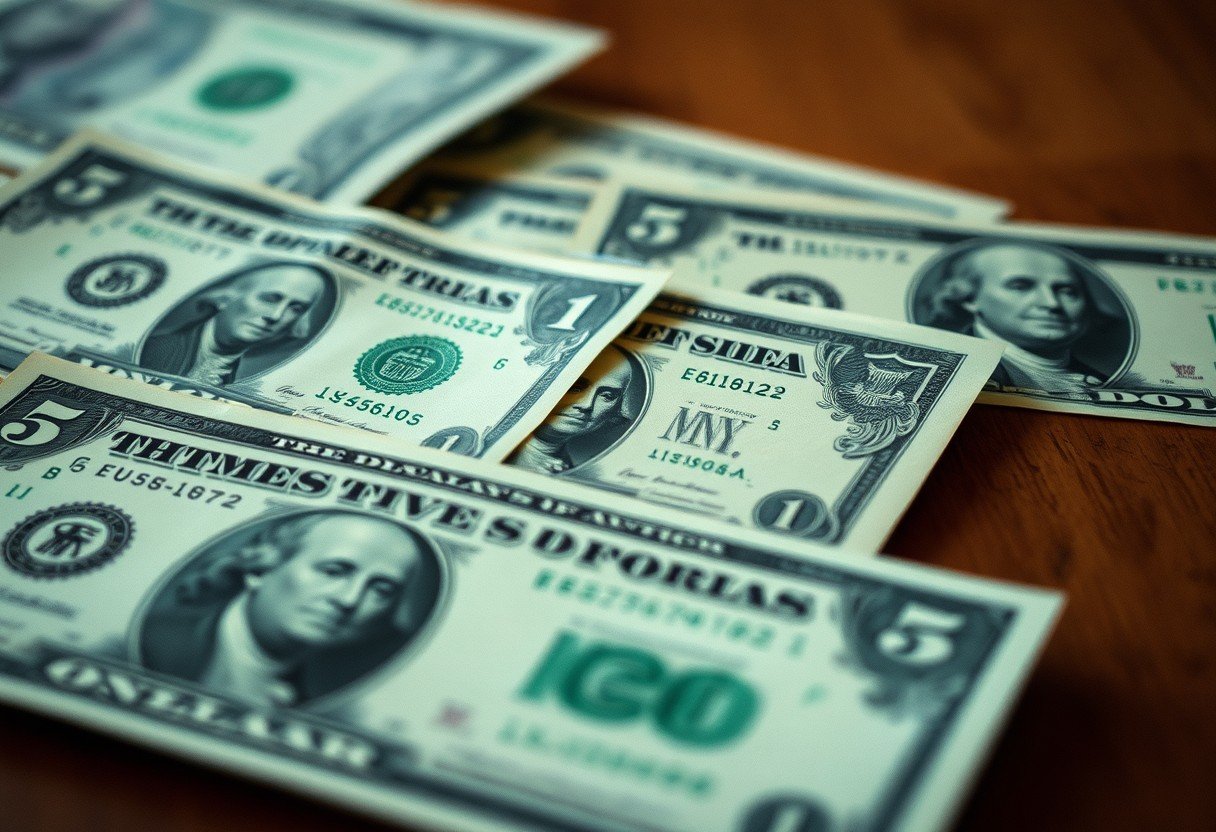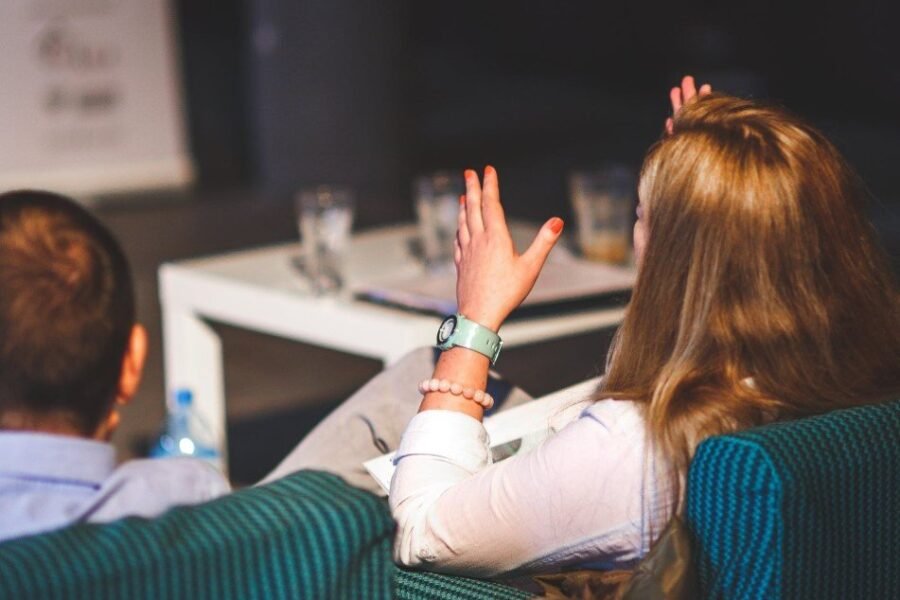When you look at the paper money in your wallet, you probably see the faces of famous U.S. presidents like Washington and Lincoln. But have you ever wondered which bill is the lowest value that doesn’t feature a president? The answer might surprise you. The lowest denomination of U.S. paper money currently in circulation without a president is the $10 bill, which features Alexander Hamilton. This article explores why he’s there and who else has been honored on American currency.
The Surprising Answer to a Common Currency Question
Many people incorrectly guess the $1 or $2 bill, but both feature presidents—George Washington and Thomas Jefferson, respectively. The correct answer is the ten-dollar bill. It stands out in the lineup of commonly used American banknotes for this very reason.
This makes the $10 bill unique in everyday transactions. While Benjamin Franklin, another non-president, is on the $100 bill, you are far more likely to handle a $10 bill regularly. Its design serves as a constant reminder that presidential status isn’t the only qualification for being honored on U.S. currency.
The choice to place specific figures on money is deliberate, meant to reflect the values and history of the nation. Alexander Hamilton’s presence is a testament to his foundational role in America’s financial history.
Who is Alexander Hamilton and Why is he on the $10 Bill?
Alexander Hamilton was a Founding Father and a key author of The Federalist Papers, but he was never president. His place on the $10 bill is due to his monumental role as the very first Secretary of the Treasury. He was the chief architect of the American financial system.
Hamilton established the nation’s credit, created a national bank, and set up a system for the federal government to assume state debts after the Revolutionary War. These actions laid the groundwork for the strong U.S. economy we see today. His portrait has been on the $10 bill since 1929, cementing his legacy as a financial visionary.
His contributions were so critical that they are considered essential to the survival and prosperity of the newly formed United States. Placing him on the currency is a tribute to his lasting impact on the nation’s economic stability and structure.
What about other Bills Featuring Presidents?
To clear up any confusion, it’s helpful to see which presidents appear on the most common U.S. bills currently in circulation. From the one-dollar bill to the fifty, presidents are the standard. The only exceptions in this common lineup are the $10 and $100 bills.
Here is a quick breakdown of the figures on the most frequently used U.S. banknotes:
| Denomination | Portrait | Status |
|---|---|---|
| $1 Bill | George Washington | 1st U.S. President |
| $2 Bill | Thomas Jefferson | 3rd U.S. President |
| $5 Bill | Abraham Lincoln | 16th U.S. President |
| $20 Bill | Andrew Jackson | 7th U.S. President |
| $50 Bill | Ulysses S. Grant | 18th U.S. President |
This table clearly shows how prevalent presidential portraits are, which is why the non-presidential figures are so noteworthy.
Other Non-Presidents on U.S. Currency
Alexander Hamilton is not the only non-president to grace American money. The most well-known example on currently circulating bills is Benjamin Franklin, another Founding Father who was a diplomat, inventor, and writer, featured on the $100 bill.
While they are no longer printed or circulated, the U.S. once issued high-denomination bills that also featured non-presidents. These bills are now collector’s items and are rarely seen.
- $500 Bill: Featured President William McKinley.
- $1,000 Bill: Featured President Grover Cleveland.
- $5,000 Bill: Featured President James Madison.
- $10,000 Bill: Featured Salmon P. Chase, who was Secretary of the Treasury under Abraham Lincoln and later Chief Justice of the Supreme Court.
These historical notes show that recognizing important figures beyond the presidency has long been a tradition in U.S. currency design, especially for those who made significant contributions to the nation’s financial and legal systems.
The Ongoing Debate about Currency Portraits
In recent years, there has been a significant public discussion about who should be featured on U.S. currency. Many people argue that the portraits should reflect a more diverse range of American heroes, including women and people of color who have made historic contributions.
The conversation has often centered on the $10 and $20 bills. There was a popular movement to replace Andrew Jackson on the $20 bill with Harriet Tubman, the famous abolitionist. While plans were initiated under the Obama administration, they have since been delayed.
These debates highlight how currency is more than just money; it’s a reflection of national identity. As American society evolves, the public’s desire for its money to represent a broader and more inclusive history continues to grow. This means the faces on our bills could change in the future.
Frequently Asked Questions
What is the lowest value paper money without a US president?
The lowest value of U.S. paper money currently being printed that does not feature a president is the $10 bill. It has a portrait of Alexander Hamilton, the first U.S. Secretary of the Treasury.
Why is Alexander Hamilton on the $10 bill?
Alexander Hamilton is honored on the $10 bill for his foundational role in creating the U.S. financial system. As the first Secretary of the Treasury, he established the national bank and built the nation’s credit.
Is Benjamin Franklin the only other non-president on current US bills?
Yes, among the bills currently in circulation ($1, $2, $5, $10, $20, $50, and $100), Benjamin Franklin on the $100 bill is the only other non-president besides Alexander Hamilton.
Does the $1 bill have a president on it?
Yes, the $1 bill features a portrait of George Washington, the first President of the United States. He has been on the front of the bill since the 1869 series.
Are there plans to change the people on US currency?
There are ongoing discussions and delayed plans to update U.S. currency. Most notably, there has been a major push to place Harriet Tubman on the front of the $20 bill, which would be the first time an African American has been featured on the front of a U.S. banknote.
Were there other non-presidents on older, high-value bills?
Yes, the now-discontinued $10,000 bill featured Salmon P. Chase. He was a prominent politician who served as the Secretary of the Treasury during the Civil War and as Chief Justice of the Supreme Court.







Leave a Comment